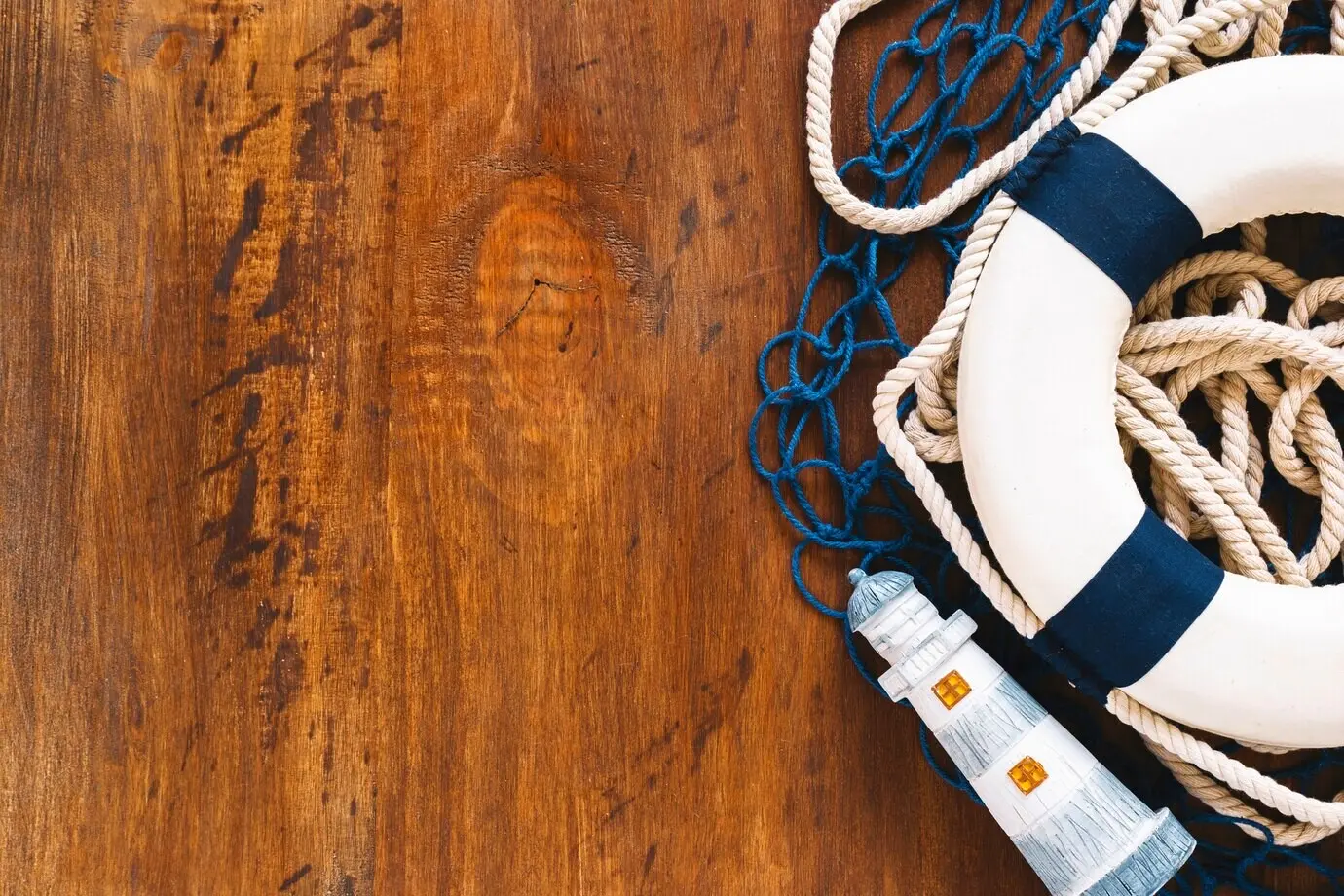Fish Longer, Feel Better: Accessible, Ergonomic Solutions for 50+ Anglers
What Changes After 50 on the Water
Grip Strength and Handle Geometry
Thicker, slightly oval grips reduce finger flexor strain and improve forearm alignment, especially when hands ache after cold mornings. Materials like EVA with microtexture prevent overgripping, while extended butt sections enable two-handed leverage. Add counterweights for balance, and watch fatigue sink as load spreads across larger muscle groups rather than pinching tender joints.
Posture, Casting Mechanics, and Fatigue
Sidearm and roll casts reduce shoulder elevation, easing impingement, while a deliberate tempo protects tendons. A supportive stance—feet wide, knees soft—spares the lumbar spine. Two-hand push–pull mechanics, not single-arm heaves, add distance without pain. Consider shorter sessions with mindful breaks that preserve accuracy and let enjoyment outlast adrenaline.
Vision, Feedback, and Confidence
High-contrast line markings, oversized hook eyes, and matte finishes tame glare and speed knot preparation. Tactile cues like ridged reel knobs and embossed lure labels guide hands without squinting. Add clip-on readers or bifocal sunglasses, and confidence returns as small tasks become smoother, safer, and pleasantly unrushed.

Rods and Reels That Reduce Strain
Balanced, Lightweight Blanks
Modern carbon blends and modest lengths reduce swing weight while keeping sensitivity crisp for subtle takes. Test balance by holding at the pinch point you naturally choose; if the tip dives, add a small butt weight or choose a lighter reel. The right equilibrium eases wrists and steadies presentations.
Handles, Seats, and Grips That Feel Kind
Up-locking reel seats with soft-touch inserts distribute contact evenly, avoiding hot spots during repetitive retrieves. Slightly larger grip diameters calm overuse strain, and flared butt caps enable supportive under-forearm bracing. Try different textures—cork, EVA, rubberized composites—to find the calmest connection for your hands, rain or shine.
Reels That Work With You
Spinning reels with smooth, sealed bearings reduce start-up friction, while larger paddled knobs lessen pinch grip. Low-profile baitcasters with forgiving centrifugal braking minimize thumb strain and backlash anxiety. Moderate gear ratios offer control without frantic cranking, and dependable drags protect shoulders when powerful fish surge unexpectedly near the boat.
Line, Knots, and Terminal Tackle Made Easier
High-Visibility Lines and Gentle Leaders
Chartreuse or hi-vis orange braid transmits soft pickups and stays visible in ruffled glare, while a clear fluorocarbon leader maintains stealth. Choose slightly lower break strengths to reduce shock on elbows during snags, and let the drag, not arm tension, handle sudden headshakes gracefully.
Knot Tools and Friendly Rigs
Bench a magnifier on a lanyard, or clip readers to your hat, then use a knot-tying tool that holds small hooks steady. When hands tire, reach for pre-snelled hooks or loop-to-loop leaders, keeping connection quality high and your patience beautifully intact.
Clips, Snaps, and Big-Eye Hardware
Switch baits without tiny gymnastics by using quality snaps sized for strength and easy handling. Big-eye swivels accept leader threading quickly, and crosslock styles resist opening under load. A tiny dab of contrasting paint on frequently used clips improves visibility on dim boat decks at dawn.


Mobility, Seating, and Stability

Labels, Contrast, and Easy Access

Magnets, Foam, and Rust Control

Modular Day Kits That Travel Light
Safety, Sun, and Comfort for Endurance
Glasses, Readers, and Glare Control
Polarized lenses with contrast-boosting tints expose structure and tracking fish while reducing squint fatigue. Consider bifocal readers molded into the lower lens for knots without juggling eyewear. Add side shields or wraparound frames, and a retainer cord saves the day during gusts or quick bends over the gunwale.
UV, Weather, and Thermoregulation
Wide-brim hats, ventilated hoods, and UPF fabrics shade skin without trapping heat, while fingerless sun gloves protect backs of hands that see constant exposure. Pack a compressible rain shell and a light midlayer; keeping core temperature steady preserves dexterity and maintains decision-making clarity when fronts shift unexpectedly.

